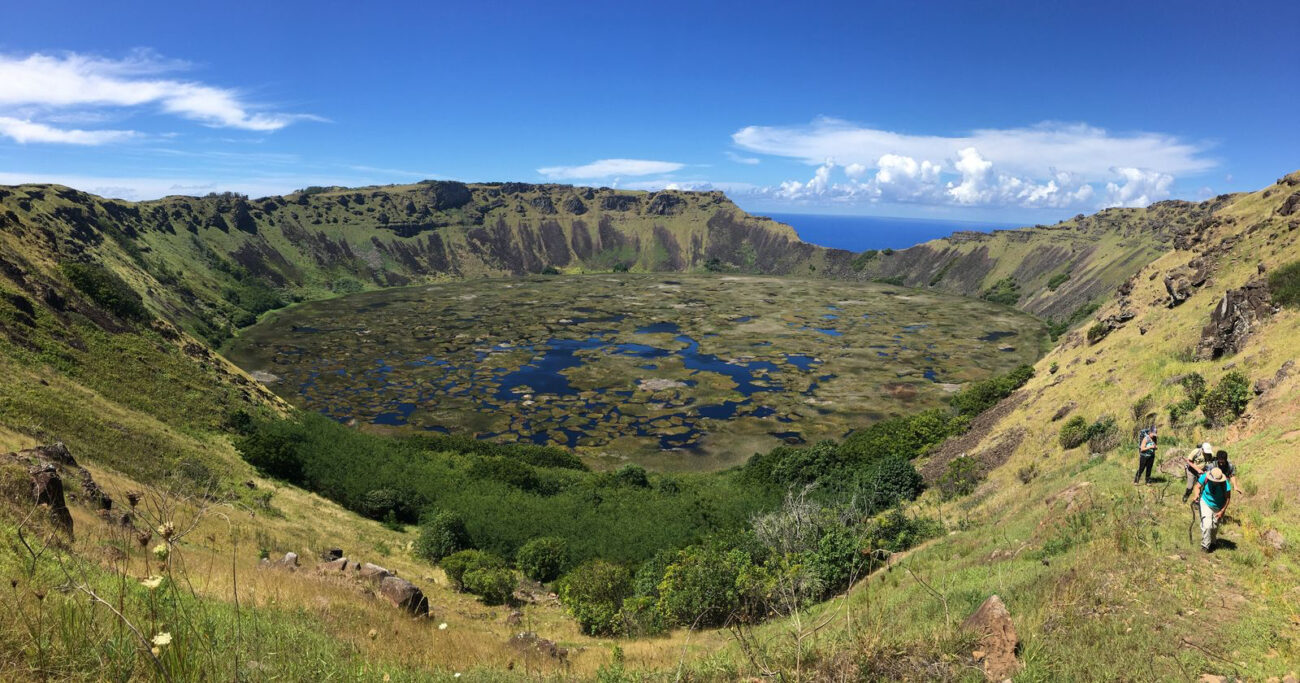
"The scientists collected sediment cores from two of the island's few freshwater sources: Rano Aroi, a high-elevation wetland and Rano Kao, a crater lake. By analyzing the hydrogen isotope composition of plant leaf waxes within those cores, the team reconstructed a continuous, 800-year record of past rainfall trends, showing that annual precipitation declined and remained low for more than a century."
"Sediments in lakes and wetlands accumulate slowly over time and preserve lots of information about the climatic and environmental conditions under which they were deposited. Many scientists have previously studied sediments from Rapa Nui and have inferred past environmental changes by looking at things like elemental abundances, pollen and plant macrofossils, and changes in how quickly the sediment accumulated. These proxies are incredibly valuable, but they can often respond in complex ways to multiple climate and environmental variables-for example, temperature, precipitation, and changes in human land use."
Sediment cores from Rano Aroi and Rano Kao preserve plant leaf waxes whose hydrogen isotope ratios record local rainfall and aridity. Analysis of these leaf-wax hydrogen isotopes produced an 800-year continuous reconstruction showing a marked decline in annual precipitation beginning around 1550 that persisted for more than a century. Leaf-wax isotopes provide a more direct rainfall signal than proxies like pollen, elemental abundances, or sedimentation rate because those can respond to temperature and human land use as well as precipitation. Rapanui communities persisted through the prolonged drought, indicating resilience rather than societal collapse during the climate stress.
Read at State of the Planet
Unable to calculate read time
Collection
[
|
...
]